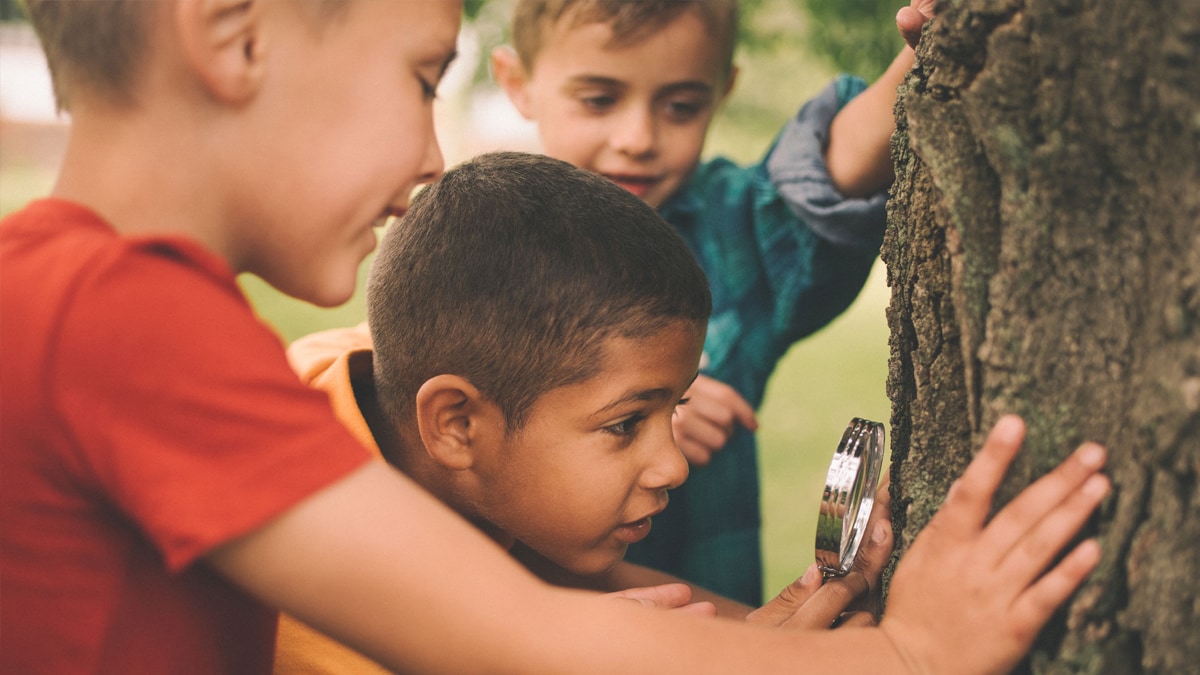What to know
By studying the number of children diagnosed with hearing loss over time, we can find out if the number is rising, dropping, or staying the same. We can compare the number of children with hearing loss in different groups of people. This information can help us look for causes of hearing loss and help communities plan for services.

Determining How Many Children Have Hearing Loss
We do not know exactly how many children have hearing loss. CDC data have shown that approximately 1 to 3 per 1,000 children have hearing loss. Other studies have shown rates from 2 to 5 per 1,000 children.
National Surveys
CDC conducts two nationally representative surveys that provide data on health conditions in U.S. children: the National Health and Nutrition Examination Survey (NHANES) III and the National Health Interview Survey (NHIS).
- In the 1988-1994 NHANES III surveys, 14.9% of children 6-19 years of age in the United States were reported to have low-frequency or high-frequency hearing loss of at least 16-dB hearing level in one or both ears. [Read summary]
- In the 1997-2008 NHIS surveys, parents reported that that 4.5 per 1,000 children ages 3 through 17 in the United States were deaf or had a lot of trouble hearing without a hearing aid. [Read article]
Screening, Diagnosis, and Intervention Services
Hearing loss can affect a child’s ability to develop speech, language, and social skills. The earlier children with hearing loss start getting services, the more likely they are to reach their full potential.
Hearing Screening and Follow-Up Survey
CDC's Early Hearing Detection and Intervention (EHDI) Program works with states to collect data for the Hearing Screening and Follow-Up Survey. This survey helps us to learn how many infants are screened for, diagnosed with, and receiving intervention services for hearing loss; the type and severity of hearing loss; and demographic data on infants with hearing loss.
This information is important in order to monitor the impact of efforts to promote infant hearing screening, timely follow-up evaluations, and early intervention services.
Based on data collected by CDC from states and territories for 2020:
- More than 98% of U.S. newborns were screened for hearing loss
- More than 6,000 U.S. infants born in 2020 were identified early with a permanent hearing loss
- The prevalence of hearing loss in 2020 was 1.8 per 1,000 babies screened for hearing loss
- Some infants needing additional testing or early intervention did not receive these important follow-up services
Source: 2020 CDC EHDI Hearing Screening and Follow-up Survey
Learning More about Hearing Loss
CDC funds a range of studies to learn more about the extent and nature of hearing loss, the experience of individuals and families affected by hearing issues, and ways of improving services to those families.
This research aims to do the following:
- Describe the nature of hearing loss and its effect on families
- Improve structure and quality control for programs monitoring the status of children with hearing loss
- Remove barriers to obtaining effective services
Cytomegalovirus & Hearing Loss
The studies below concern the long-term hearing loss risk of children born with cytomegalovirus.
Some children with congenital cytomegalovirus (CMV) infection may have hearing or vision loss, or other health problems. Cytomegalovirus can be transmitted to an unborn baby during a woman's pregnancy. Some babies with congenital cytomegalovirus have hearing loss at birth in addition to other conditions. While some babies may have normal hearing initially, some will develop hearing loss later.
Related Articles
Hearing Loss in Children With Asymptomatic Congenital Cytomegalovirus Infection. T.M. Lanzieri, W. Chung, et al. Pediatrics; March 2017, Volume 139, number 3 [Read article]
Long-term outcomes of children with symptomatic congenital cytomegalovirus disease. T.M. Lanzieri, J. Leung, A.C. Caviness, W. Chung, et al. Journal of Perinatology. April, 2017, page 1-6 [Read article]
